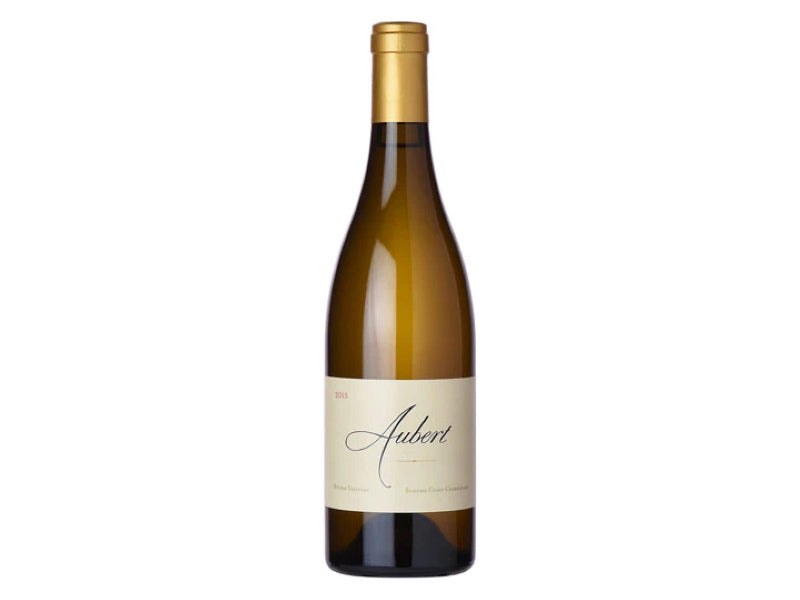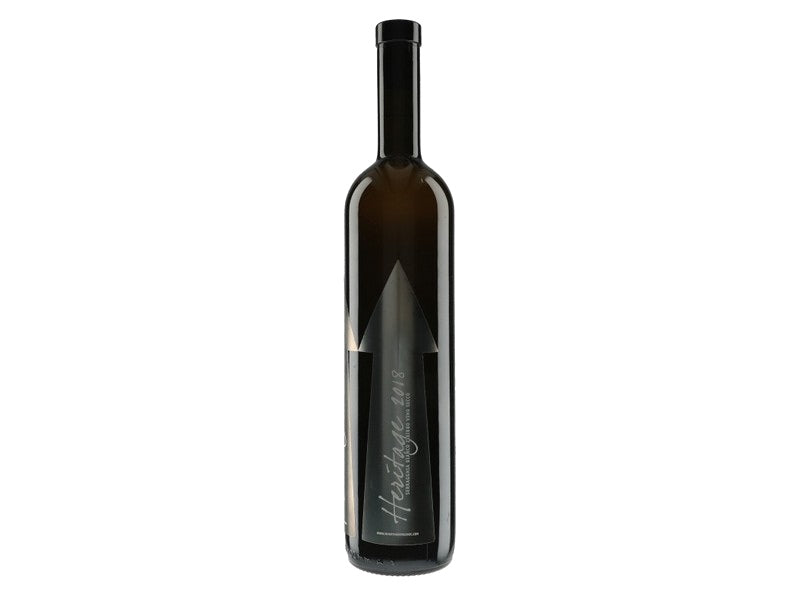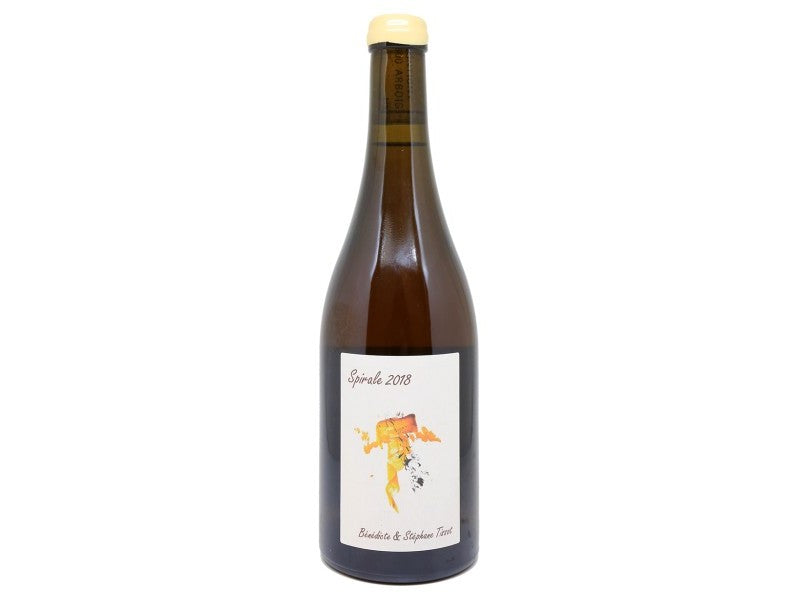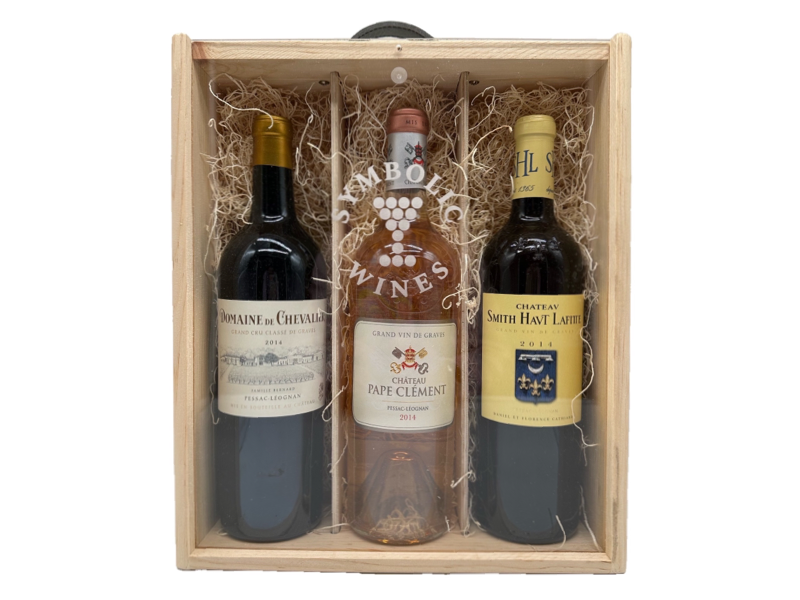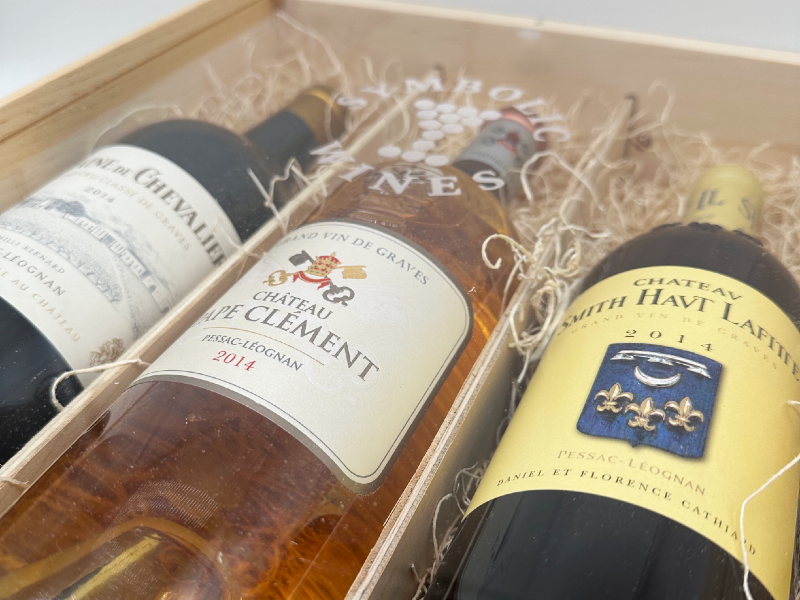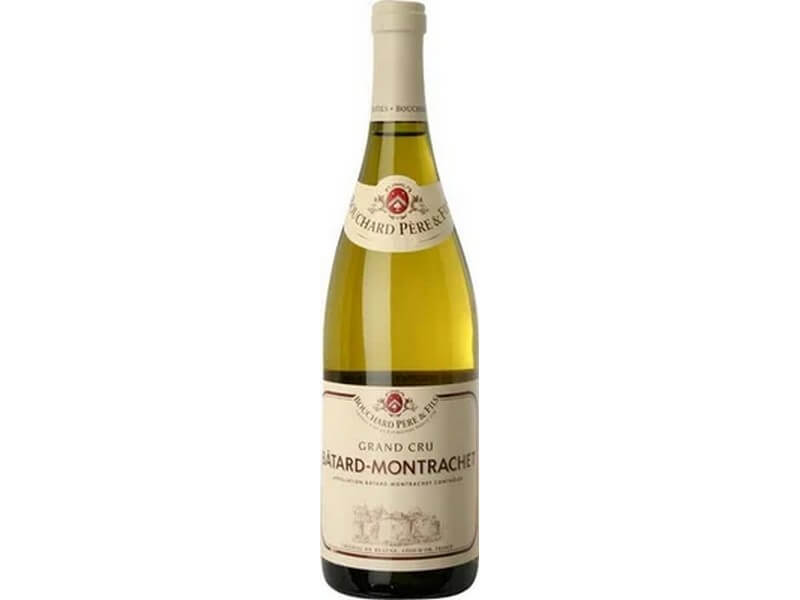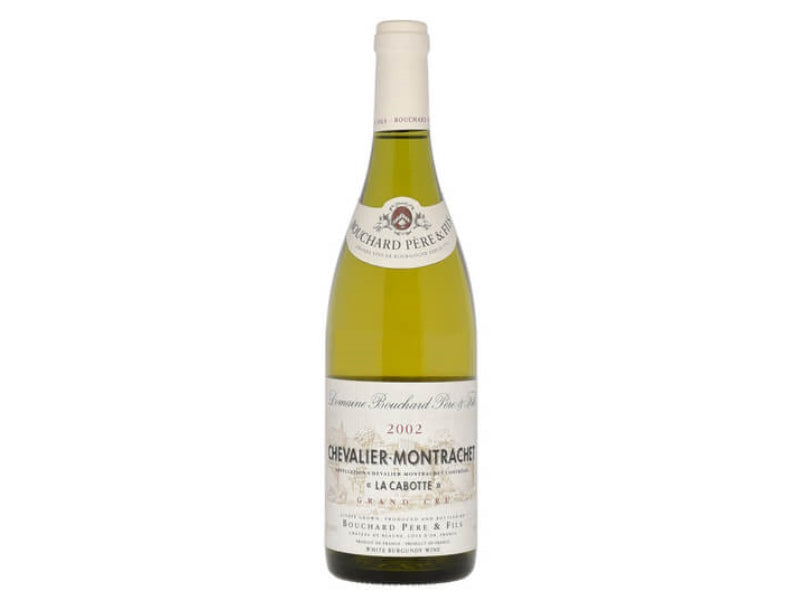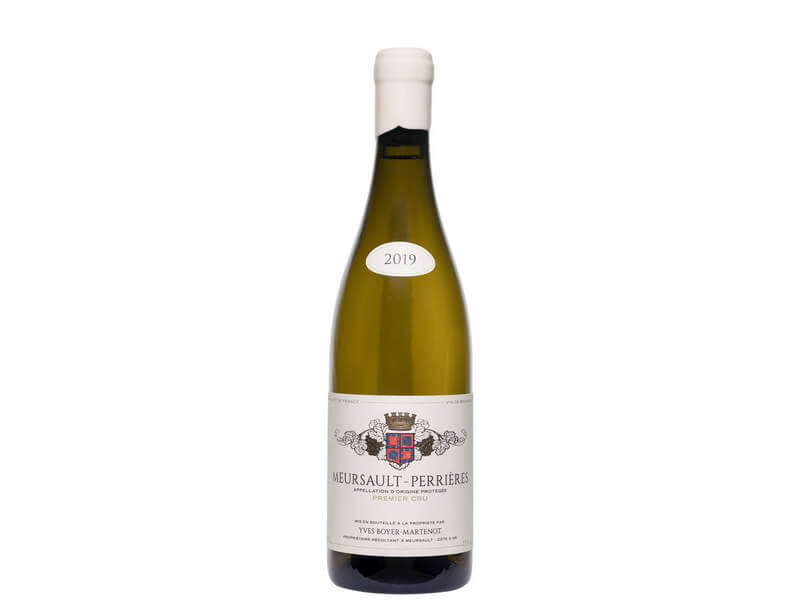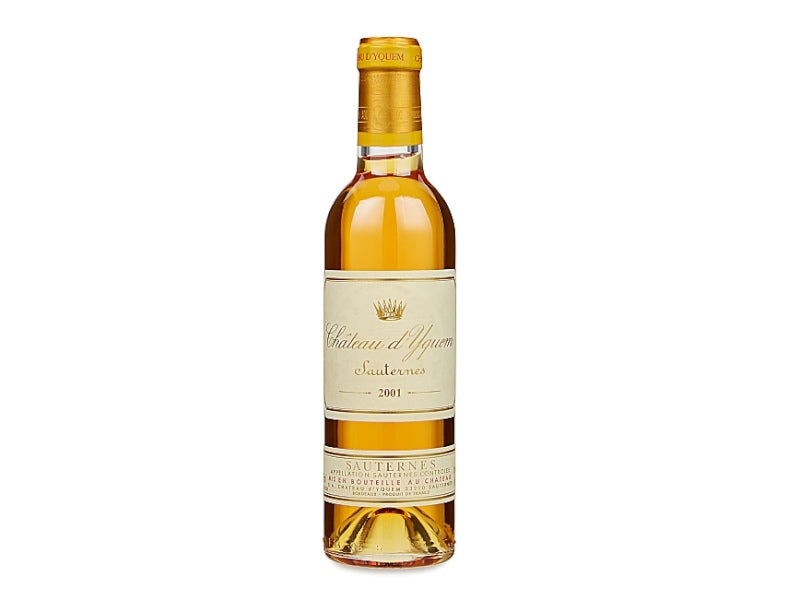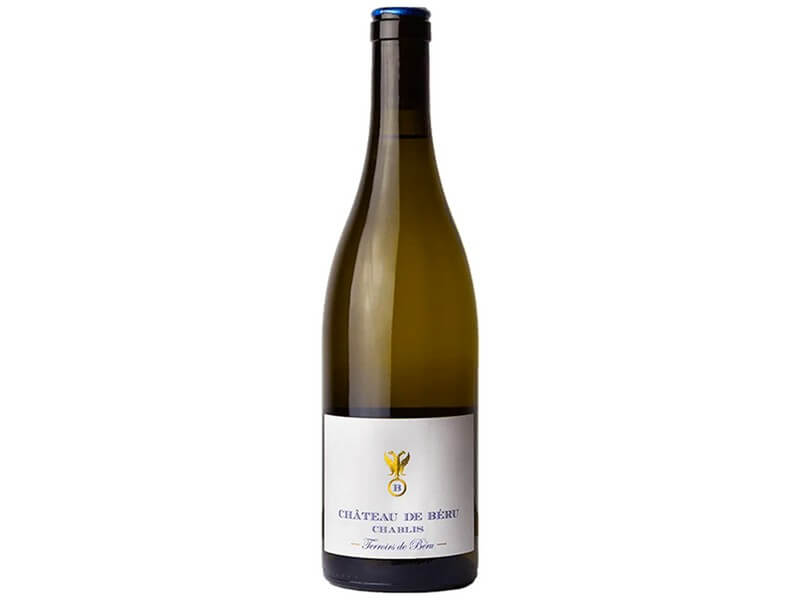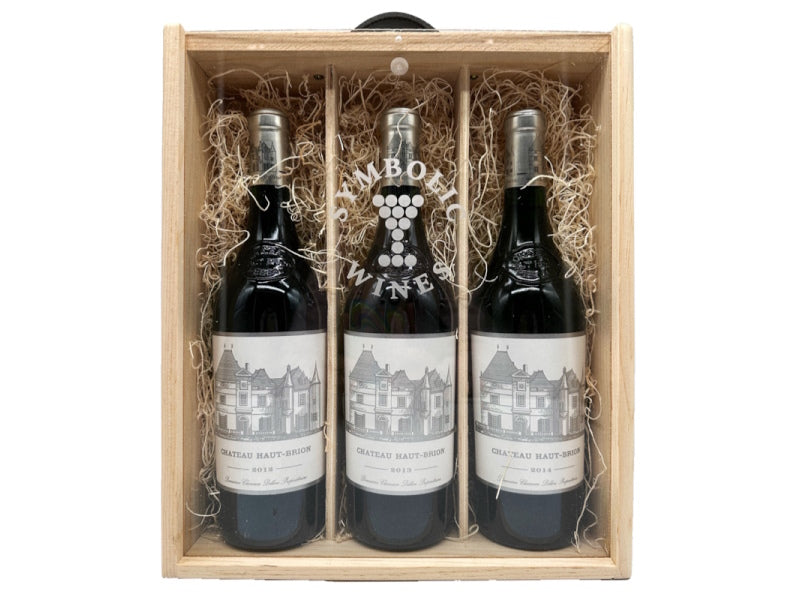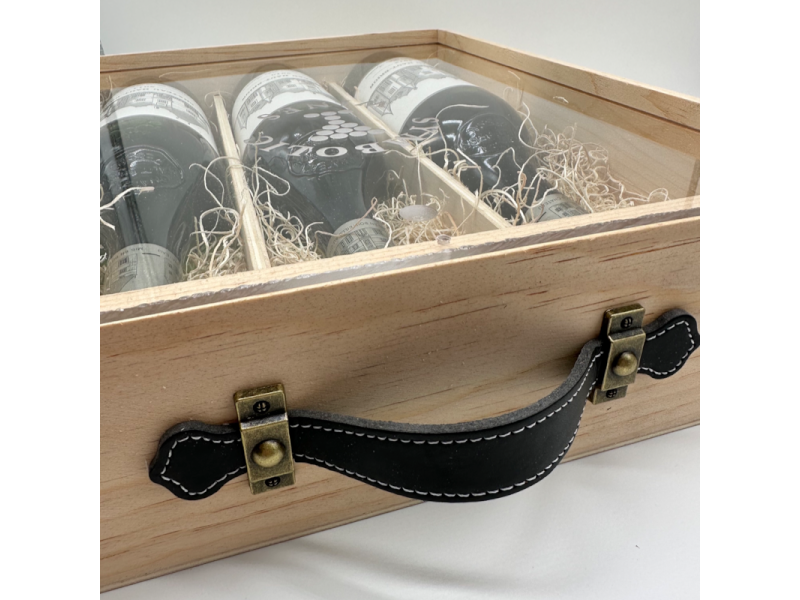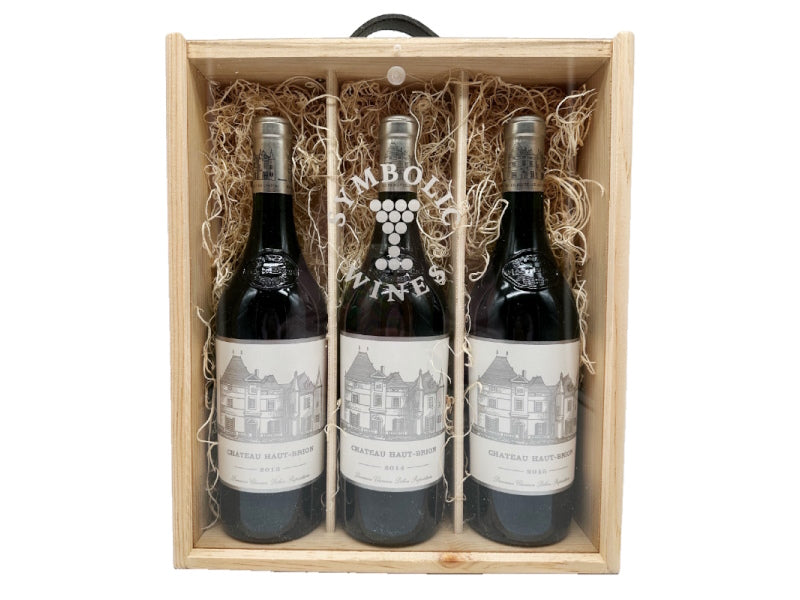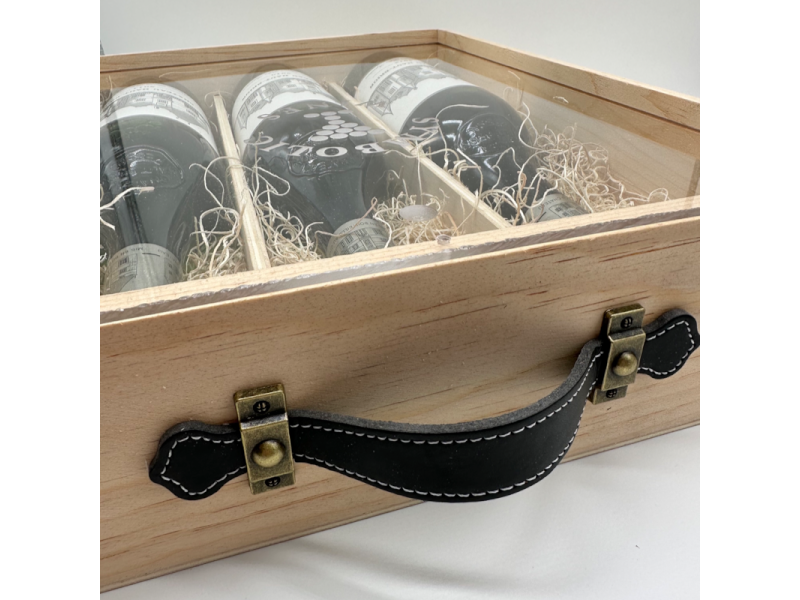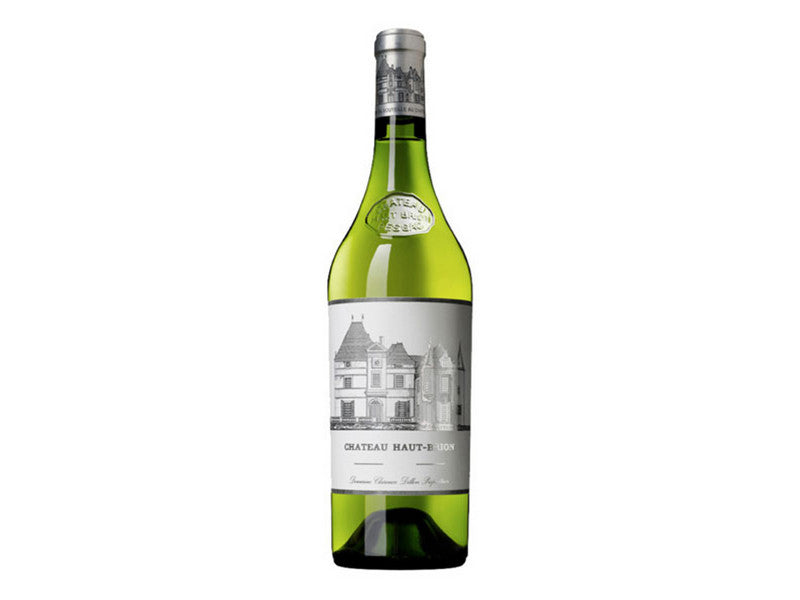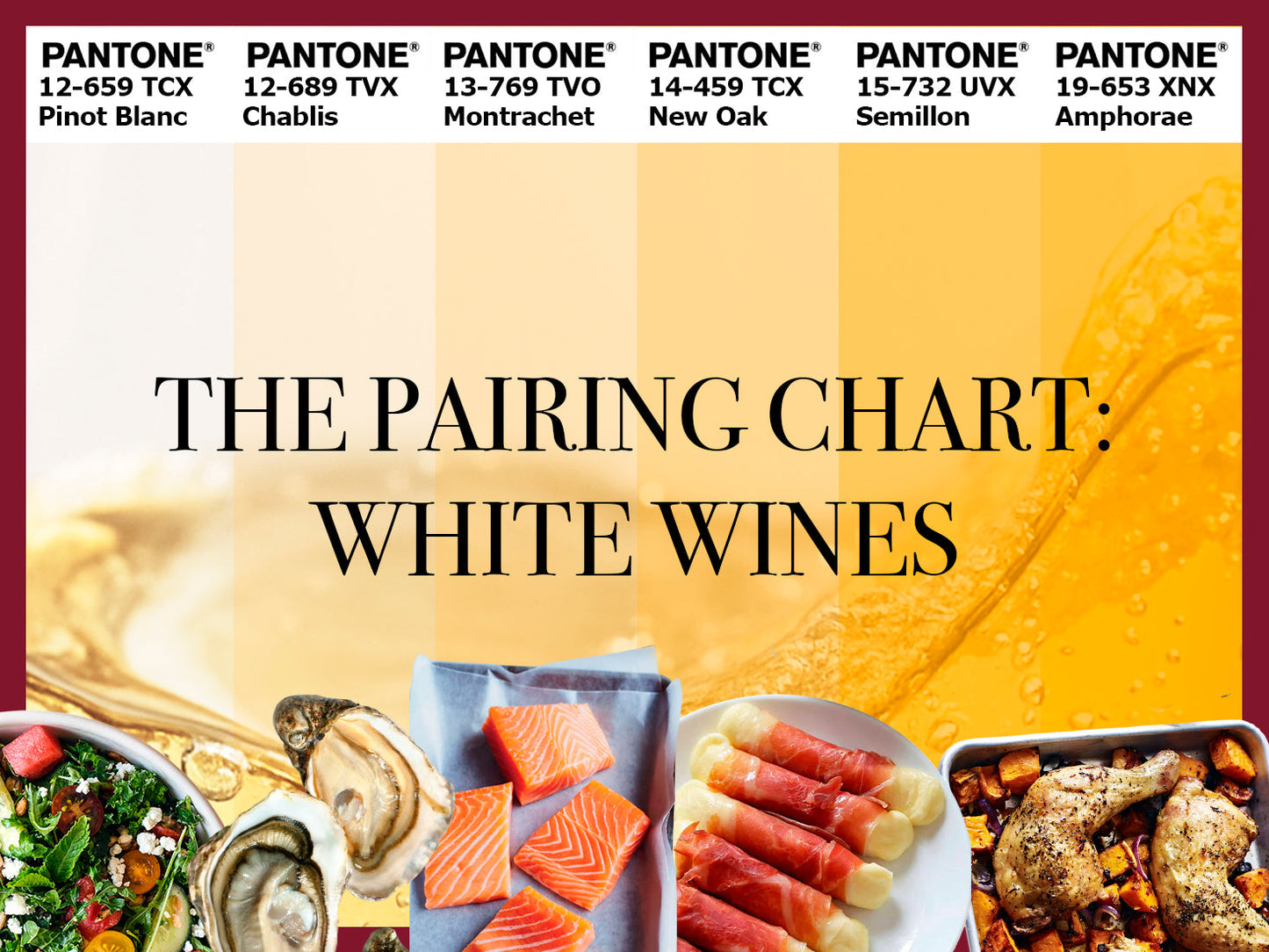
Text by: Gleb King
What's for dinner? It's always the question. And if you're as into wine as we are, you already know the best place to start: with the wine. Whenever you're stuck planning a meal, think of this as your sommelier’s compass. Today, we’re diving into the world of white wines – in their most popular and food-friendly forms.
Light and Acidic

Some nights call for a jolt of freshness, and that’s where light, acidic whites shine. Bright, citrusy, and saline, wines like Château de Beru Chablis 2017 offer a lean, mineral purity that cleanses the palate and wakes up senses. Pavillon Blanc du Château Margaux elevates this style with structured complexity, and the pairing possibilities stretch from oysters on the half-shell to citrus-dressed salads or herb-crusted goat cheese. Each sip cuts through richness and refreshes like a breeze off the coast.
Oaky and Full-Bodied

When more richness is called for – creamy risottos, buttered seafood, roasted poultry – it’s time for oaked and full-bodied whites. Marcassin’s legendary Estate Chardonnay, Aubert’s opulent Ritchie Vineyard bottling, and Riddle Wines’ fresh but textured Sonoma expression all bring balance to the table with notes of toast, lemon curd, and ripe stone fruit. They wrap around dishes like sage-roast chicken or butternut squash risotto, creating a plush, harmonious experience.
Dry Aromatic

Then come the aromatic whites – floral, high-toned, often dry but expressive. Chavost’s Coteaux Champenois Chardonnay, Château Cheval Blanc’s rare white blend "La Petite Cheval Blanc," and Robert Weil Kiedrich Turmberg Riesling Trocken Rheingau 2015 – all they deliver everything from citrus blossom to crushed stone. These wines love dishes with herbs and lift: sushi, lemongrass chicken, or spring vegetables dressed in lemon and mint.
Sweet

Of course, some whites are built for sweetness, but never without structure. The decadent, botrytis-kissed Château Doisy-Daëne "L’Extravagant" from Barsac sings with foie gras, blue cheese, or even apricot tart. Sine Qua Non’s “Shackled” Petite Manseng-based vin de paille is pure golden decadence, ideal with fig cake or saffron desserts. And the iconic Château d’Yquem Sauternes proves that richness, when balanced by acidity, is anything but cloying. These wines are desserts on their own – or the ideal foil for the right one.
Complex and Intellectual

On the intellectual end of the spectrum are the complex whites – layered, thought-provoking, often aged and multifaceted. Haut-Brion Blanc 2013 offers a kaleidoscope of citrus oils, lanolin, and flinty minerality. Served alongside monkfish in brown butter, scallop tartare, or a delicate truffle pasta, they encourage slow sipping and deeper conversation. To this list, add a classic white Burgundy like Pierre Girardin’s Meursault or Joseph Colin’s Montrachet – wines that carry savory, nutty depth and electric precision. Served alongside monkfish in brown butter, scallop tartare, or a delicate truffle pasta, they encourage slow sipping and deeper conversation.
Non-Filtered/Amphorae

And then, there are the wild cards: amphorae-aged and non-filtered whites, which channel ancient methods for wines that are raw, textured, and elemental. The 2017 Gravner Ribolla Gialla, macerated on skins and aged in buried amphorae, offers dried citrus peel, roasted herbs, and a touch of oxidative umami that elevates earthy cuisine. Sine Qua Non’s “Tectumque,” a blend of five white varieties aged in concrete eggs and amphorae, is an intellectual playground of peach skin, herbs, and salty grip. These wines belong next to rustic fare – grilled octopus, herb-laced lentils, aged cheeses with honey. Food that’s as soulful as the wine itself.


